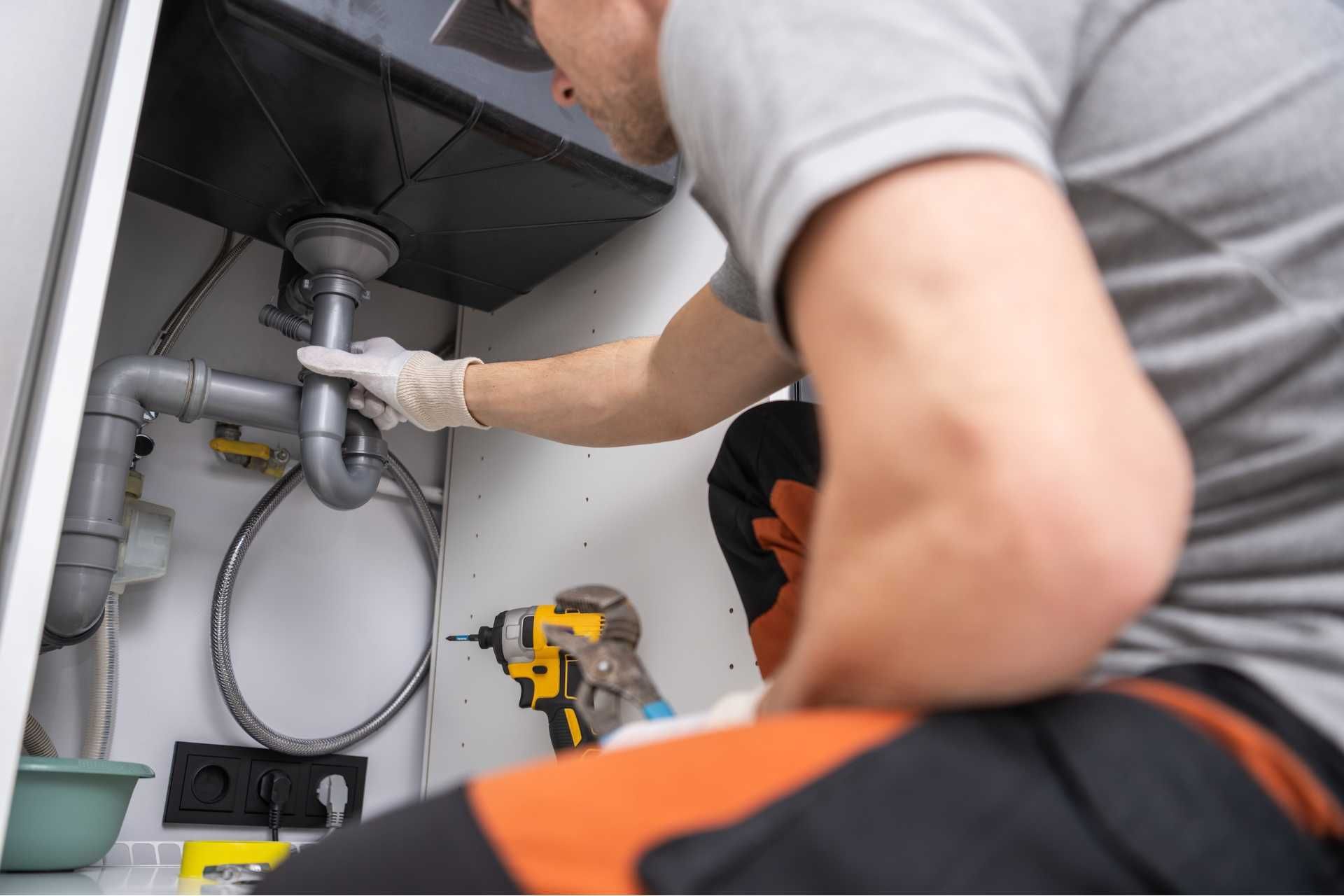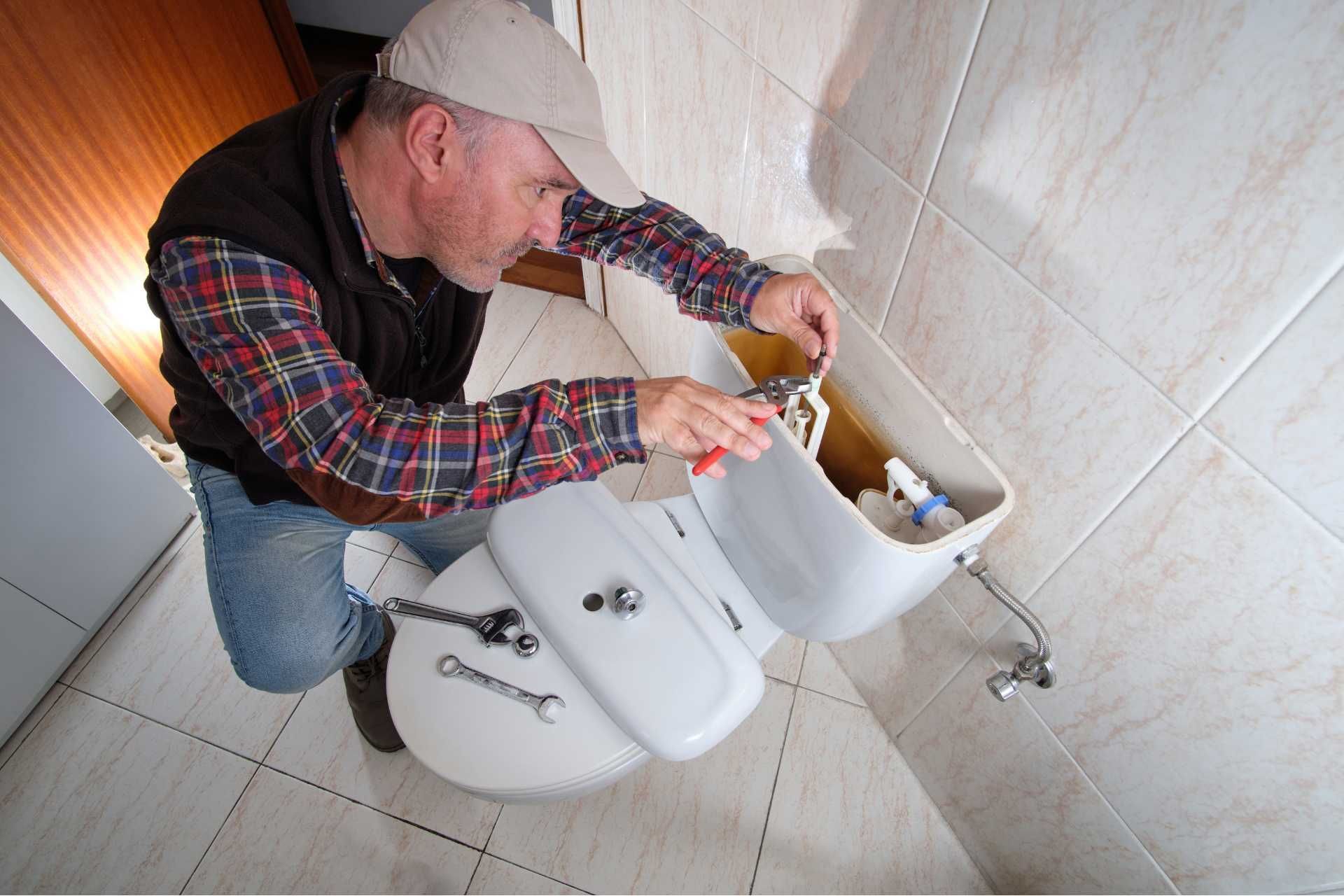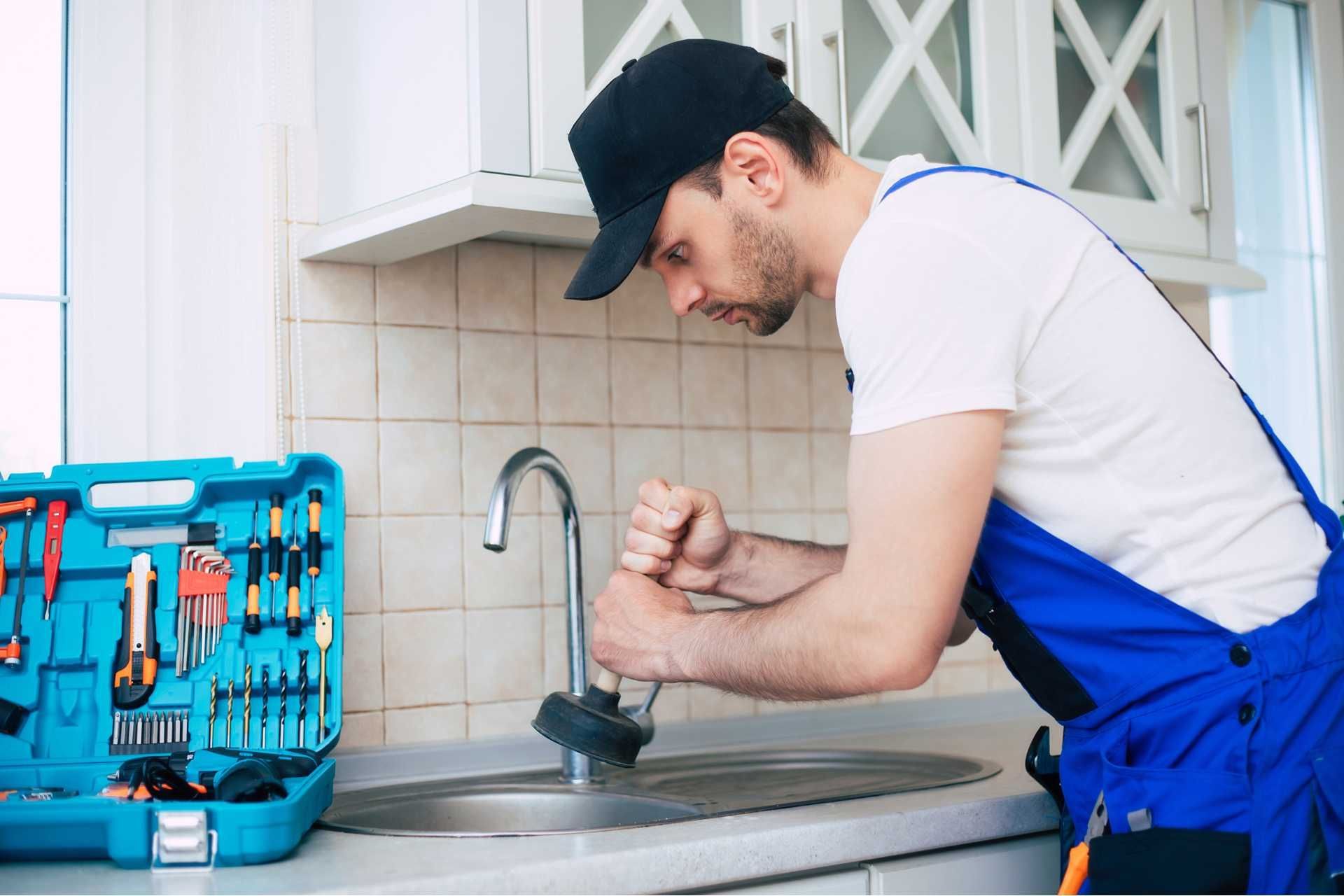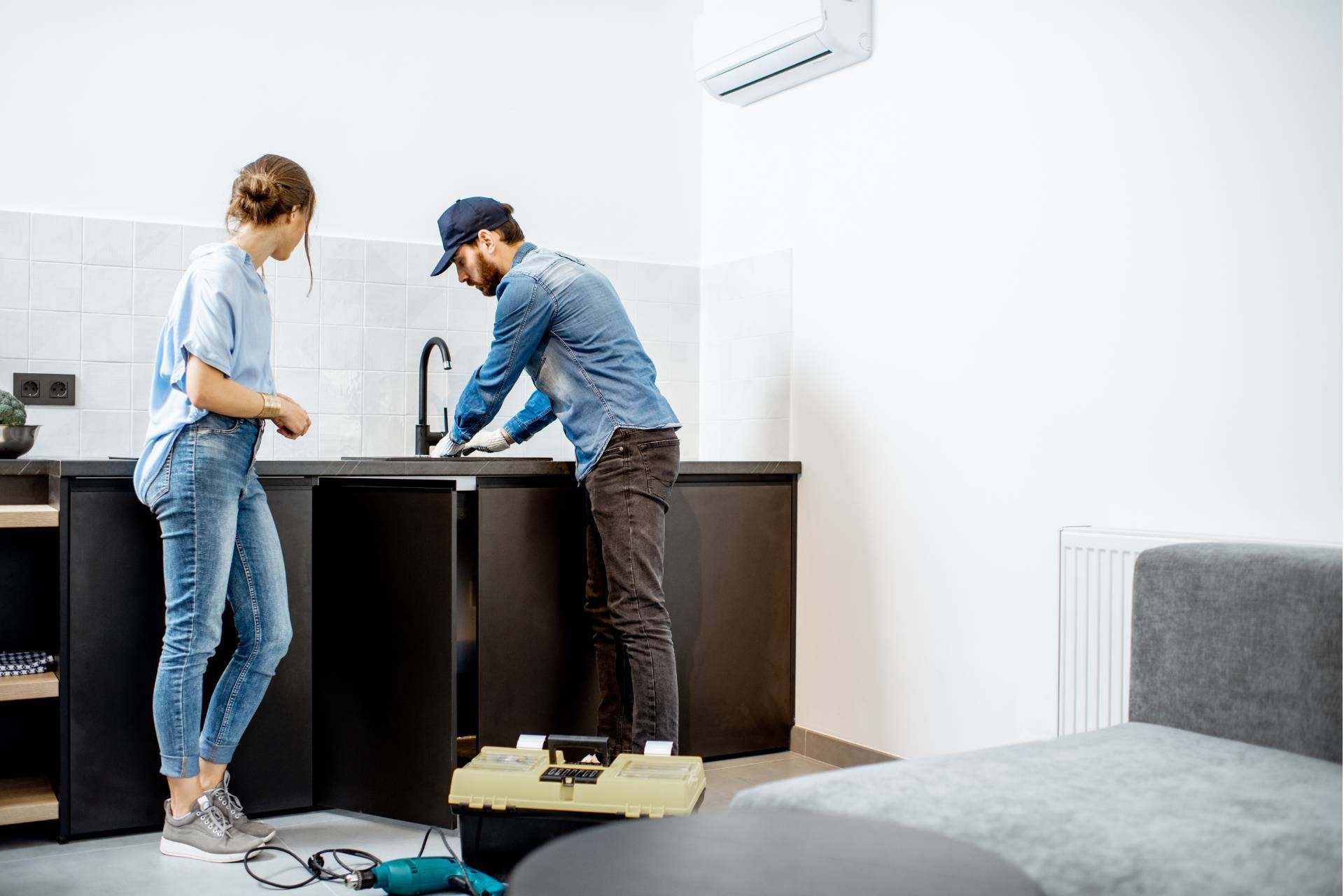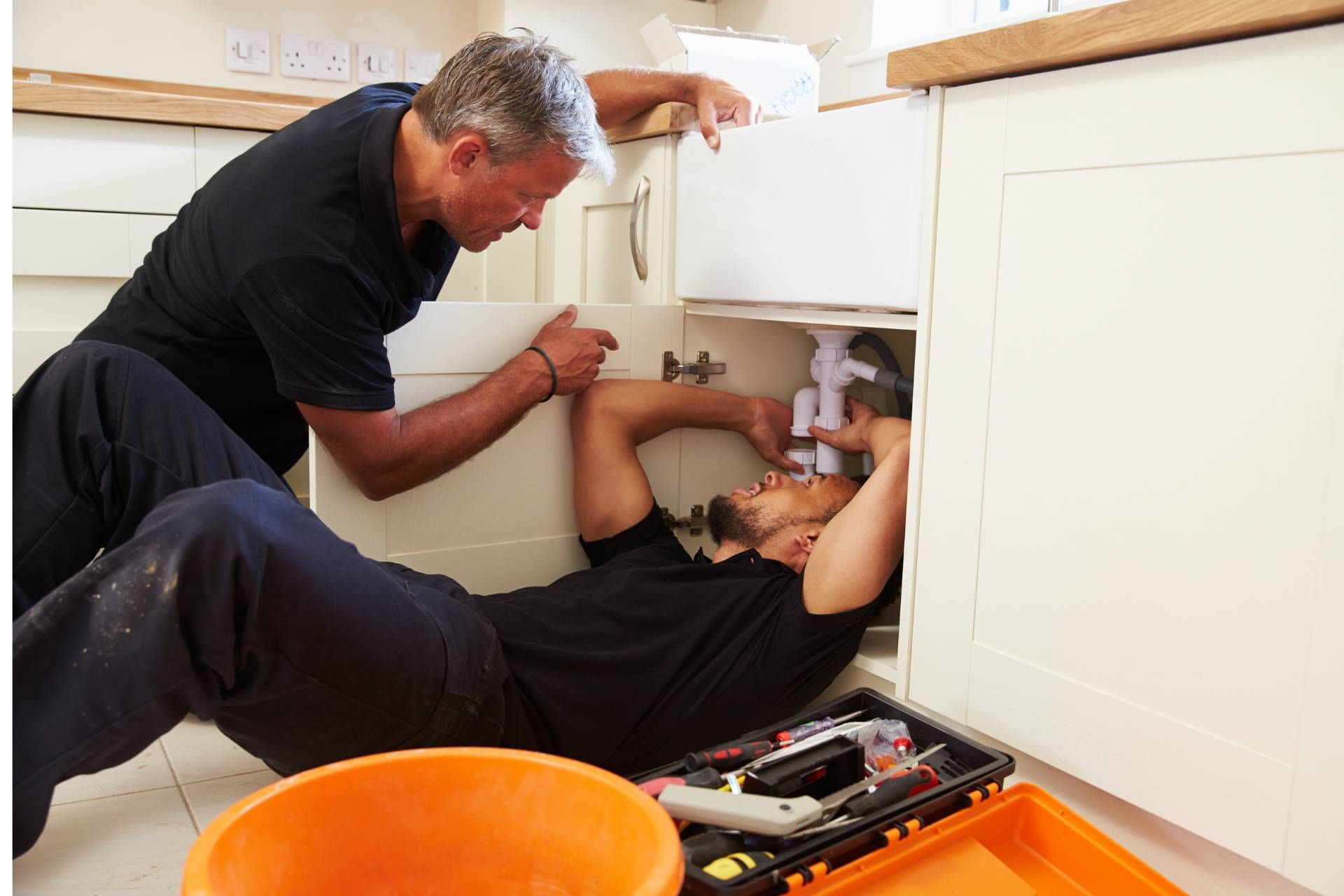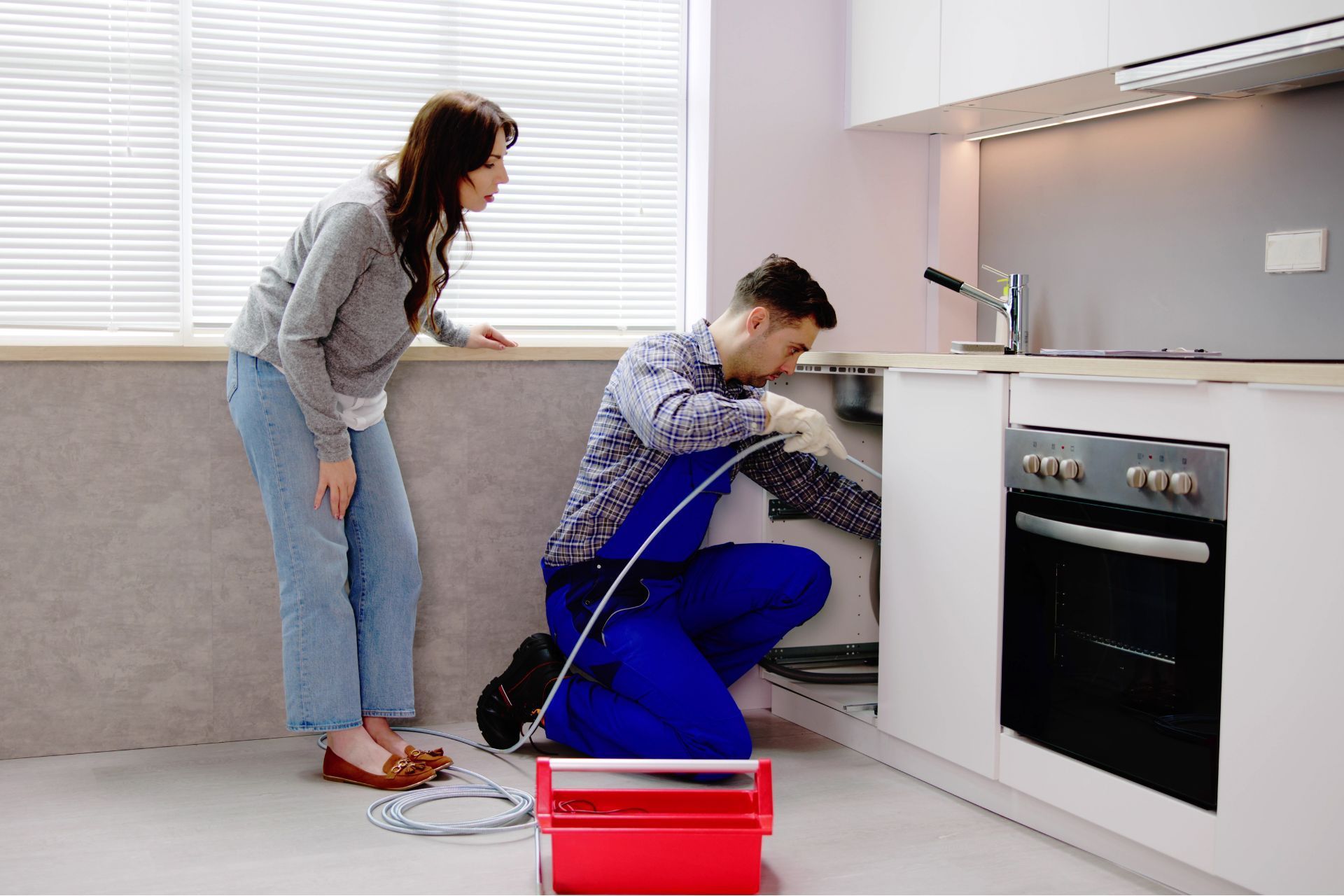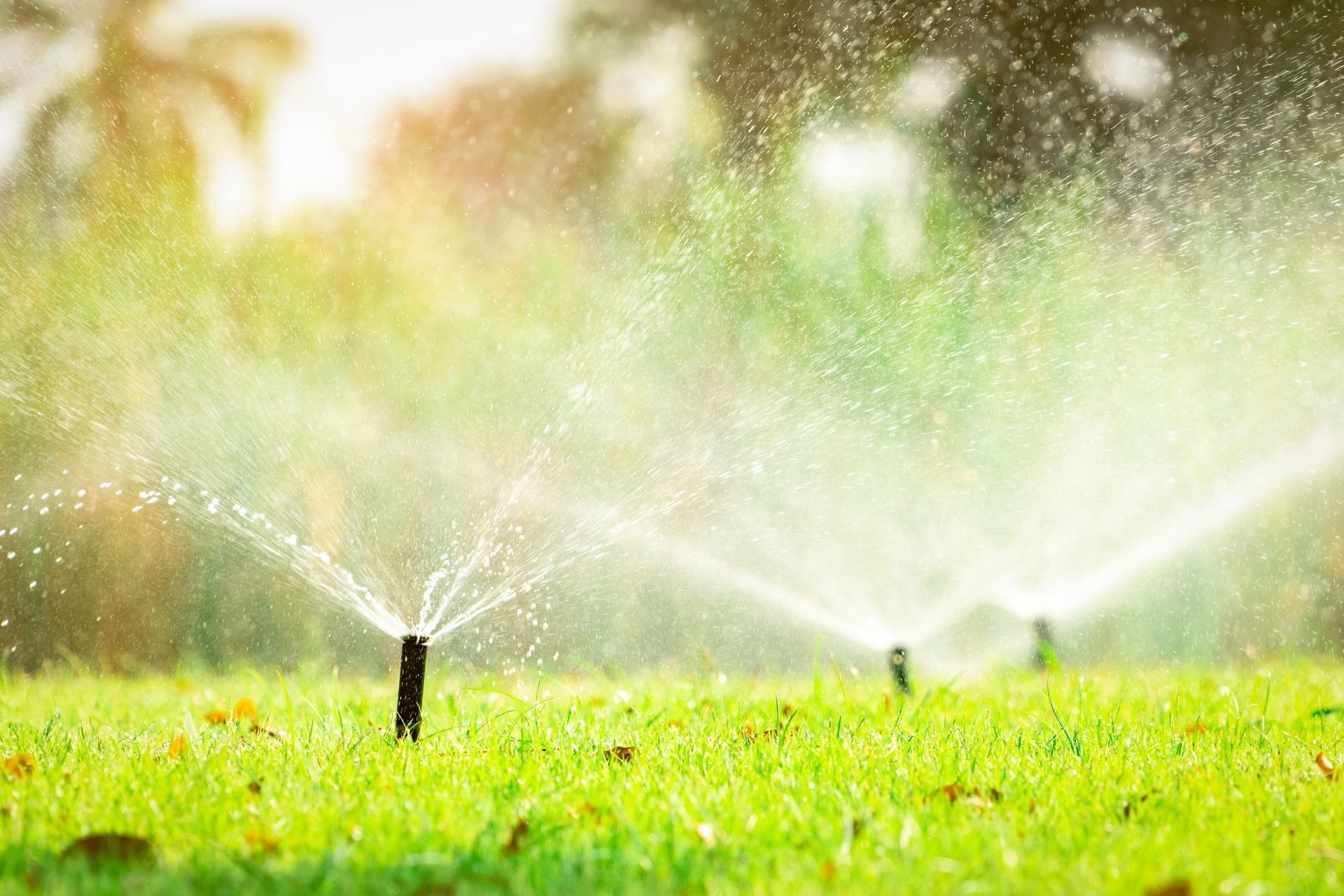How to Prevent Basement Flooding
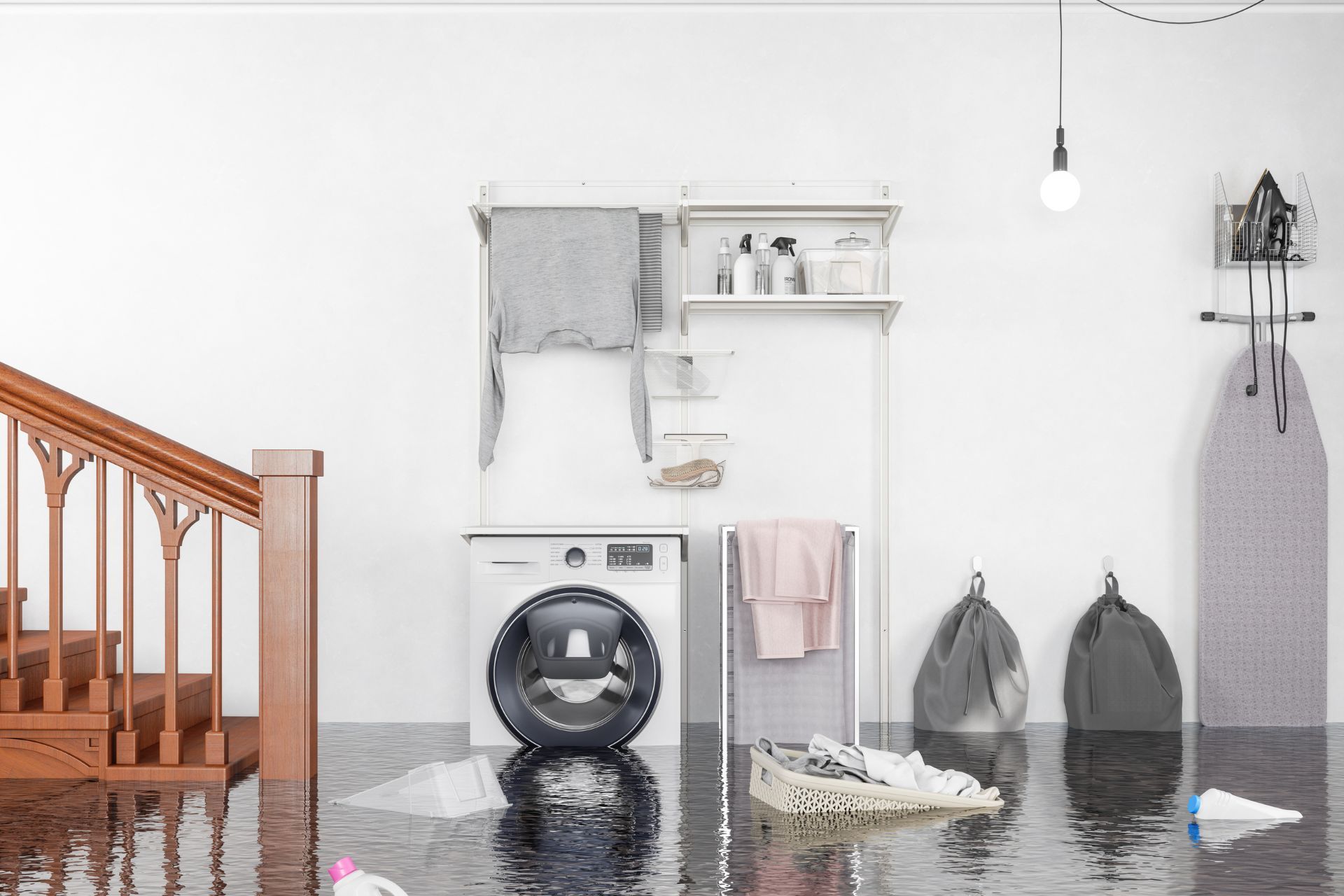
Basement flooding can be a homeowner's worst nightmare. Not only can it cause extensive damage to your property, but it can also lead to health hazards such as mold and mildew growth. Luckily, there are steps you can take to prevent basement flooding and protect your home from water damage.
Now, let us discuss some effective ways how to prevent basement flooding.
Install a sump pump
One effective way to prevent basement flooding is by installing a sump pump. A sump pump is a device that is typically installed in the lowest part of a basement or crawl space to collect water and redirect it away from the home's foundation.
Here are the steps to install a sump pump in your home:
- Choose the right location: The first step in installing a sump pump is to choose the right location for it. Look for the lowest point in your basement or crawl space where water tends to accumulate. This will ensure that the sump pump can effectively collect and remove water from that area.
- Dig a pit: Once you have chosen the location for your sump pump, you will need to dig a pit in that area. The pit should be large enough to accommodate the sump pump and allow room for the water to collect.
- Install the sump pump: Once the pit has been dug, it's time to install the sump pump. Place the sump pump in the pit and make sure it is level. Connect the pump to a discharge pipe that will carry the water away from your home's foundation.
- Test the sump pump: Once the sump pump is installed, test it to ensure that it is working properly. Pour water into the pit to see if the pump turns on and effectively removes the water. Make any necessary adjustments to the pump or discharge pipe if needed.
- Maintain the sump pump: To ensure that your sump pump continues to work effectively, it is important to maintain it regularly. Check the pump periodically to make sure it is free of debris and that the discharge pipe is not clogged. Also, consider installing a battery backup system in case of power outages.
Check for proper drainage
Proper drainage is essential for directing rainwater away from your home and preventing it from pooling around your foundation. When water is allowed to collect around your foundation, it can seep into your basement and cause flooding. To check for proper drainage, start by inspecting the exterior of your home. Ensure that your gutters and downspouts are clear of debris and are directing water away from your foundation. Downspouts should extend at least 6 feet away from your home to prevent water from pooling around the foundation.
Check the grading around your home. The ground should slope away from your foundation to ensure that water is directed away from your house. If you notice any areas where water is pooling near your foundation, consider regrading the land to create proper drainage.
Another important aspect of proper drainage is ensuring that your sump pump is in good working condition. A sump pump is a device that helps to remove excess water from your basement and prevent flooding. Test your sump pump regularly to make sure it is functioning properly and consider installing a backup sump pump for added protection.
It is also important to waterproof your basement to prevent water from seeping in through cracks or gaps in the foundation. Consider sealing any cracks or openings in your foundation and installing a waterproofing membrane to protect your basement from water damage.
Seal any cracks
One of the most common causes of basement flooding is cracks in the foundation walls or floor. These cracks can allow water to seep into your basement, causing untold damage.
The good news is that preventing basement flooding caused by cracks is a relatively simple and inexpensive task. By sealing any cracks in your foundation walls or floor, you can significantly reduce the chances of water infiltrating your basement. Here are a few tips on how to effectively seal cracks in your basement:
Step 1. Identify the source of the cracks: Before you can seal any cracks, you need to identify where they are coming from. Cracks in the foundation walls are typically caused by pressure from the soil surrounding your home, while cracks in the floor may be a result of settlement or shifting. By understanding the source of the cracks, you can better address the problem.
Step 2. Clean and prepare the area: Before applying any sealant, it's important to clean and prepare the area around the cracks. Use a wire brush or scraper to remove any loose debris or old sealant. This will ensure that the new sealant adheres properly to the surface.
Step 3. Choose the right sealant: There are many different types of sealants available, so it's important to choose the right one for your specific situation. For smaller cracks, a simple caulking or epoxy sealant may be sufficient. For larger or more severe cracks, you may need to use a polyurethane or hydraulic cement sealant.
Step 4. Apply the sealant: Once you have chosen the appropriate sealant, carefully follow the manufacturer's instructions for application. Use a caulk gun or trowel to fill the cracks, making sure to completely seal the entire length of the crack.
Step 5. Monitor and maintain: After sealing the cracks, it's important to regularly monitor the area for any signs of water infiltration. If you notice any new cracks or signs of leakage, it may be necessary to reapply the sealant or seek professional help.
Install window well covers
Window well covers are essentially barriers that prevent water from entering your basement through your window wells. Window wells are typically installed around basement windows to provide an exit in case of emergencies, but they can also become a prime entry point for water during heavy rain or snowmelt.
By installing window well covers, you can effectively seal off this potential entry point and protect your basement from flooding. These covers are usually made of durable materials such as polycarbonate or metal, ensuring that they can withstand the elements and provide long-lasting protection for your home.
Window well covers also offer other benefits. They can help keep debris, leaves, and pests out of your window wells, improving the overall appearance of your home and reducing the need for maintenance. They can also enhance the safety of your basement by preventing accidents or injuries caused by open window wells.
Installing window well covers is a relatively simple and cost-effective solution to prevent basement flooding. You can either purchase pre-made covers that fit your window wells or have custom covers made to ensure a perfect fit. Whichever option you choose, be sure to hire a professional to install them properly to ensure they are secure and provide maximum protection for your home.
Consider a French drain
A French drain is a system designed to redirect water away from your home's foundation and basement. It consists of a trench filled with gravel or rock and a perforated pipe that collects excess water and carries it to a safe location, such as a sump pump or a drainage ditch.
There are several benefits to installing a French drain in your basement. Firstly, it can help prevent flooding by efficiently draining water away from your home. This can help protect your belongings, reduce the risk of mold growth, and prolong the life of your foundation.
Additionally, a French drain can also help prevent foundation damage. When water seeps into the soil around your home, it can cause the soil to expand and contract, putting pressure on your foundation walls. Over time, this can lead to cracks, leaks, and other costly issues. By redirecting water away from your foundation, a French drain can help maintain the structural integrity of your home.
Installing a French drain is a relatively simple and cost-effective solution to basement flooding. While it may require some digging and maintenance, the long-term benefits far outweigh the initial investment. If you're tired of dealing with a damp, musty basement, consider hiring a professional to install a French drain and help protect your home from water damage.
Keep your basement clutter-free
One way to help prevent basement flooding is by keeping your basement clutter-free. Here's why this is so important:
Clear pathways for water flow
When your basement is cluttered with boxes, furniture, and other items, it can obstruct the natural flow of water. This can lead to standing water and increased risk of flooding during heavy rainstorms or when there is a plumbing issue. By keeping your basement clutter-free, you ensure that water can easily flow away from your home's foundation.
Prevent blockages in drains and gutters
Clutter in your basement can easily make its way into drains and gutters, leading to blockages. When these pathways are blocked, water has nowhere to go and can back up into your basement. By keeping your basement clutter-free, you reduce the risk of blockages and potential flooding.
Allow for proper ventilation
Clutter in your basement can restrict airflow, leading to increased humidity levels. High humidity levels can create the perfect environment for mold growth, which can further exacerbate flooding issues. By keeping your basement clutter-free and allowing for proper ventilation, you can reduce the risk of mold growth and potential flooding.
Make it easier to spot potential issues
When your basement is clutter-free, it is easier to spot potential issues such as leaks or cracks in the walls or foundation. By addressing these issues early on, you can prevent water from seeping into your basement and causing flooding.
Consider waterproofing your basement
One way to protect your basement from water damage is by investing in waterproofing. Waterproofing your basement involves creating a barrier between the outside elements and the interior spaces of your home, preventing water from seeping in. There are several methods of waterproofing that can be used, depending on the specific needs of your home.
One popular method of waterproofing is exterior waterproofing, which involves excavating around the perimeter of your home to apply a waterproof sealant to the exterior walls. This method is effective in preventing water from entering your basement through cracks or gaps in the foundation.
Another option is interior waterproofing, which involves applying a waterproof sealant to the interior walls and floors of your basement. This method is less intrusive than exterior waterproofing, but may not be as effective in preventing water infiltration.
In addition to applying a waterproof sealant, it's important to also address any drainage issues that may be contributing to water intrusion in your basement. Installing a sump pump or French drain system can help to redirect water away from your home, preventing it from accumulating around your foundation.
Prevent Basement Flooding with Tru Flo Plumbing
Tru Flo Plumbing is a leading provider of plumbing services that specializes in flood prevention. Their team of experts is dedicated to ensuring that your basement remains dry and free from water damage. With their state-of-the-art equipment and years of experience, they are able to offer a range of solutions to protect your home from flooding.
When it comes to preventing basement flooding, it is important to work with a reputable and experienced plumbing company like Tru Flo Plumbing. Their team of professionals will assess your home and come up with a customized plan to keep your basement dry and protected. With their help, you can have peace of mind knowing that your home is safeguarded against the threat of flooding.
Contact Tru Flo Plumbing today to schedule a consultation.
Address: 3215 Dix Hwy, Lincoln Park, MI 48146 | Phone: 1-877-783-TRUE (8783)
Copyright © 2023 Tru-Flo Plumbing, All Rights Reserved


